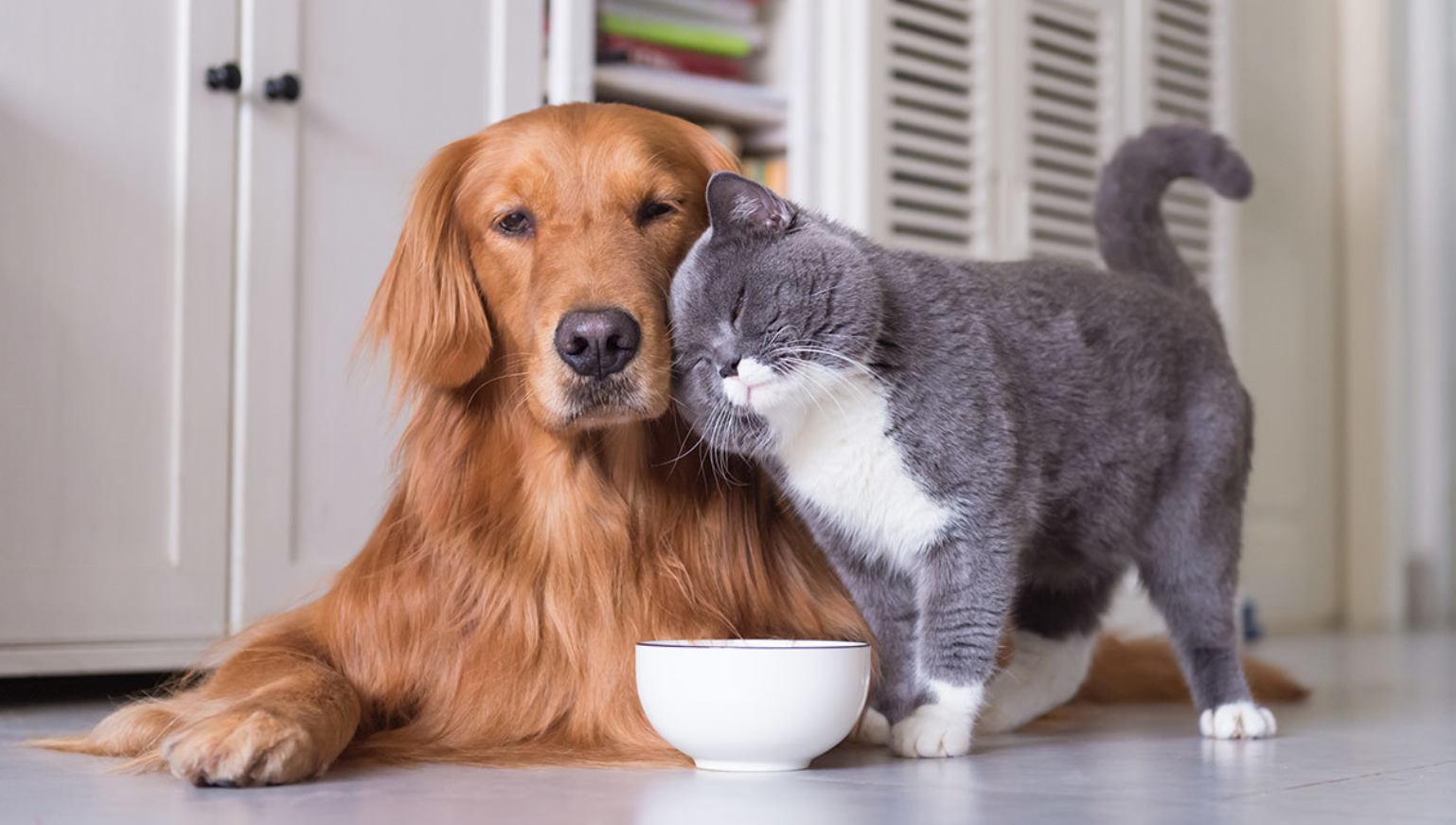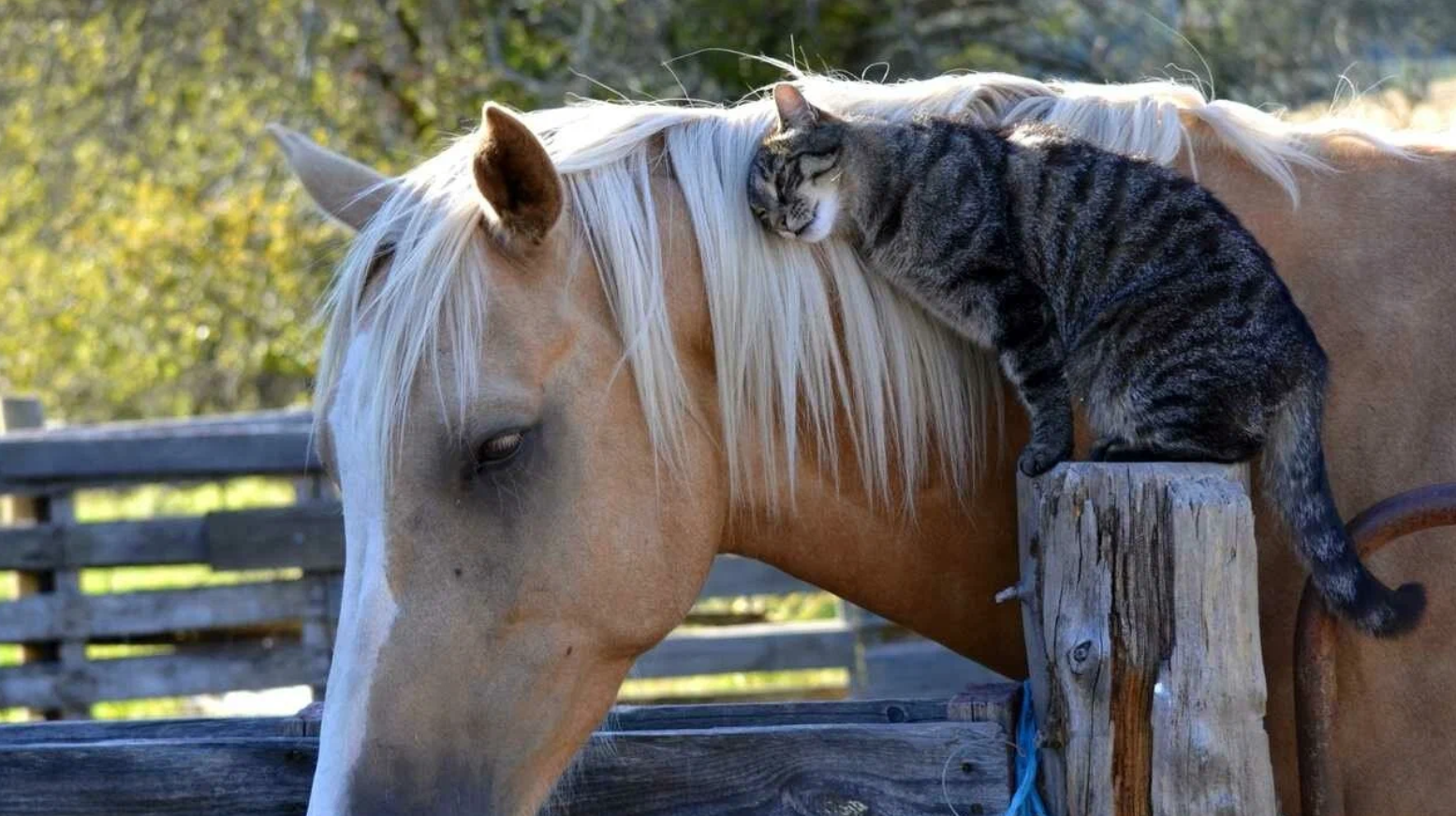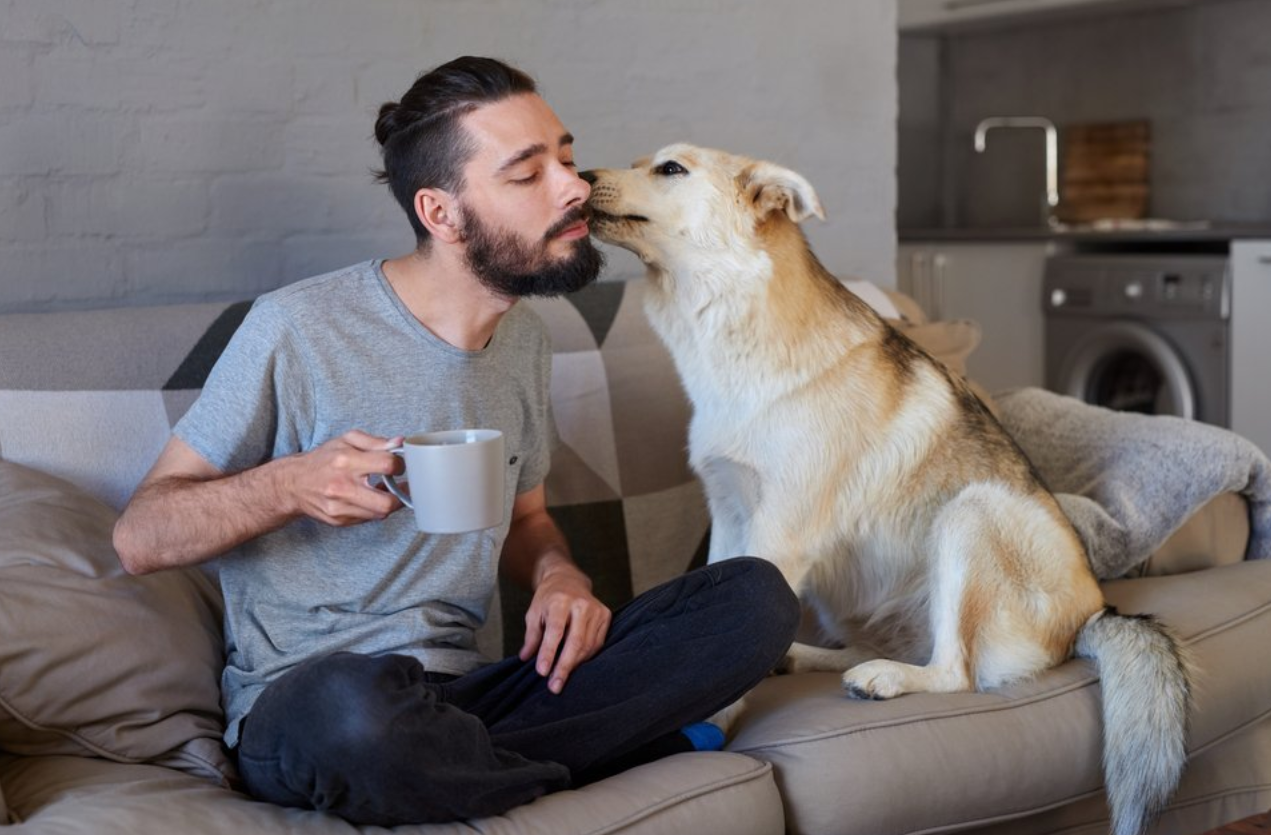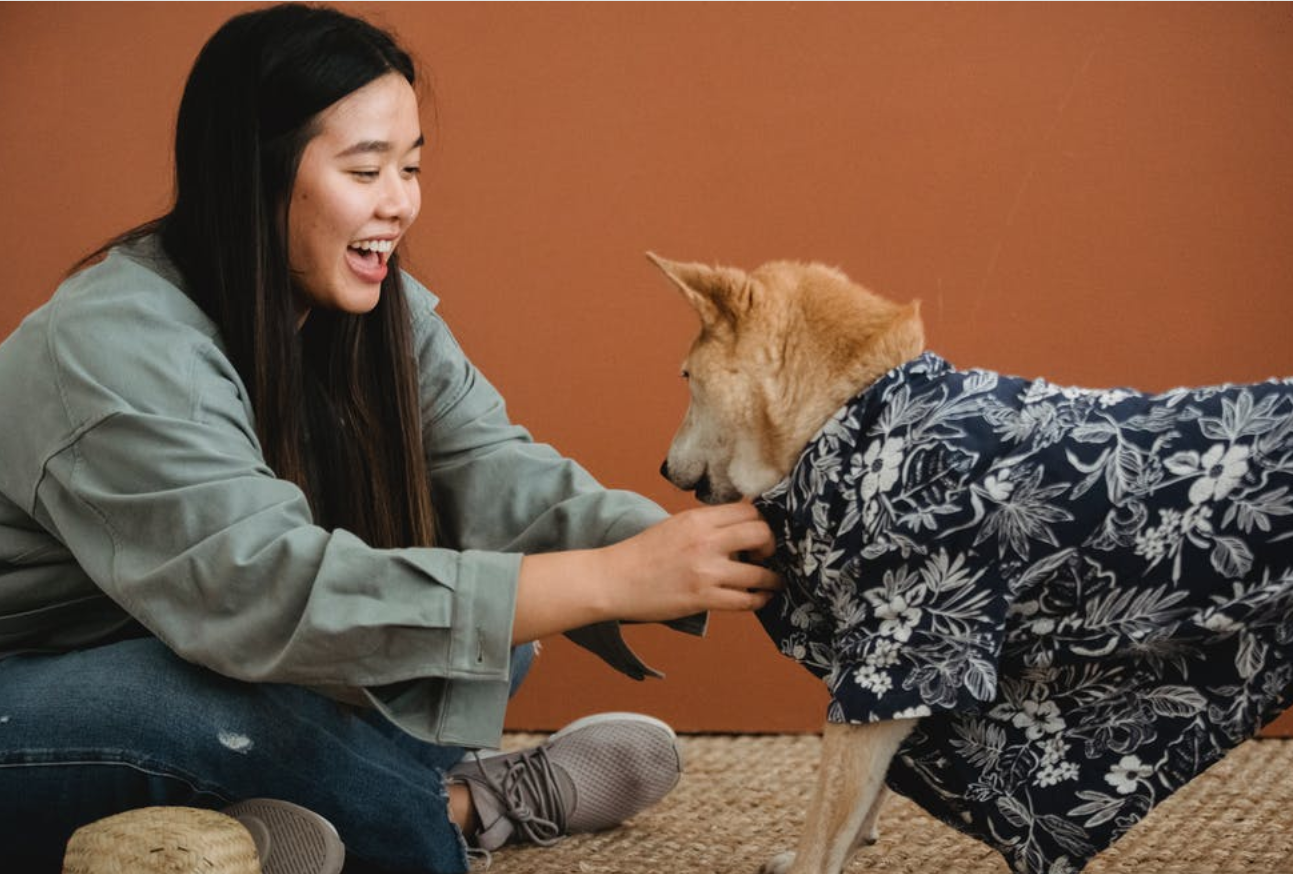The Relationship Between Dogs and Cats: A Complex Dynamic

The bond between dogs and cats has captivated pet lovers for years, often summarized by the saying “fighting like cats and dogs.” Yet, this relationship is often far more complex than it seems. In homes where both animals share space, their interactions can range from friendly play to territorial conflicts, shaped by their unique personalities and the environment cultivated by their owners.
Exploring Their Interactions

Dogs and cats have distinct social hierarchies and methods of communication, which can sometimes lead to confusion. Generally, dogs are more social and enthusiastic, often eager to show affection and engage in play. On the other hand, cats usually prefer independence and may approach social situations with more caution. This fundamental difference can sometimes spark aggressive or fearful behaviors if not addressed appropriately.
Nonetheless, many pet owners report successful and harmonious relationships between their furry companions. With time, patience, and careful introductions, dogs and cats can learn to live together peacefully. Many owners discover that their pets form unique friendships, engaging in playful antics or even snuggling side by side. The secret lies in recognizing each animal’s personality and providing a secure environment for both to thrive.
The Owner’s Role in Nurturing Relationships
Pet owners play a vital role in nurturing a peaceful coexistence between dogs and cats. Positive interactions can be encouraged by supervising initial encounters and allowing the pets to gradually acclimate to each other’s presence. Training is crucial in this process; teaching dogs to respect the cat’s boundaries and helping cats feel secure around dogs can dramatically enhance their relationship.
By guiding their pets through these steps, owners can create a harmonious atmosphere that fosters mutual respect and companionship between dogs and cats.
Establishing Safe Retreats for Cats

One of the most effective strategies for ensuring the well-being of cats in multi-pet households is to create designated safe spaces where they can retreat when feeling threatened or overwhelmed. This can be accomplished by setting up areas that are off-limits to dogs, using baby gates or cat doors to establish boundaries. These spaces should be equipped with essential items such as a litter box, food and water bowls, and toys, enabling the cat to feel secure and at ease in its environment.
Training Dogs to Respect Feline Boundaries
Training is crucial for teaching dogs to respect the boundaries of their feline companions. Owners can instill commands like “leave it” or “stay” to help dogs understand when to give cats their space. Consistent reinforcement of these commands, particularly in the presence of the cat, fosters appropriate behavior around them.
Fostering Positive Interactions
To help cats feel more comfortable around dogs, owners can facilitate activities that promote positive interactions. For instance, utilizing wand toys or engaging in interactive play can allow the cat to feel more at ease while maintaining a safe distance from the dog. This approach enables the cat to engage in play without feeling threatened.
Moreover, providing treats or praise to both pets during calm interactions can reinforce positive behavior. This method encourages the cat to associate the dog with positive experiences, gradually building trust between them.

The Importance of Patience and Understanding
Owners must be patient and understanding throughout this process, as each pet has its own personality and comfort level.
Recognizing signs of stress in either animal—such as hissing from the cat or excessive barking from the dog—is crucial. Owners should be prepared to intervene and separate the pets if necessary, allowing them to calm down before attempting to reintroduce them.
Moreover, pets can complement each other’s behaviors. For example, a dog’s playful nature may encourage a more active lifestyle for a cat, while a cat’s calm demeanor can help soothe an excitable dog. This dynamic can lead to a harmonious household where both pets feel secure and cherished.
Debunking Common Misconceptions
Despite the potential for friendship, many misconceptions about the relationship between dogs and cats endure. A common belief is that these two species are inherently incompatible. While some dogs exhibit strong prey drives that can lead to aggressive behavior toward cats, this is not a universal truth. Each animal is unique, and many dogs and cats can develop strong bonds when provided with the right circumstances.

Additionally, studies indicate that a higher percentage of dogs engage in playful interactions with their owners compared to cats. This difference in social behavior can significantly influence how each species interacts with one another and with humans
Conclusion:
In conclusion, the relationship between dogs and cats is intricate and multifaceted. While challenges may arise, many households successfully navigate these dynamics, resulting in enriching relationships that enhance the lives of both pets and their owners. With understanding, patience, and proper training, dogs and cats can coexist peacefully, demonstrating that even the most unlikely companions can become friends. The bond formed in multi-pet households often reflects the deep love and commitment of their owners, showcasing the beauty of companionship in all its forms.



